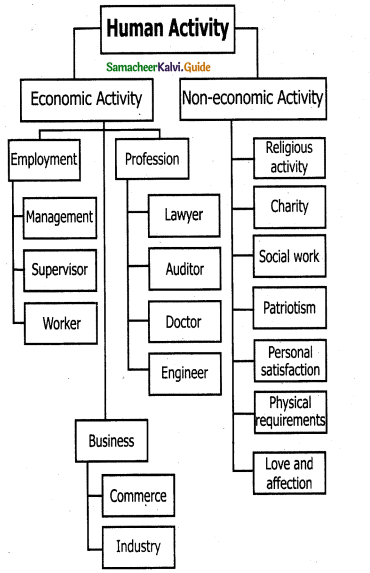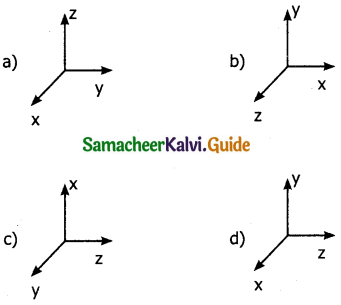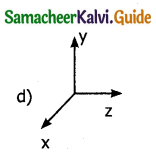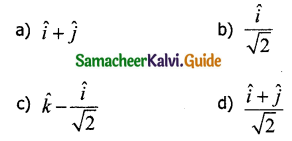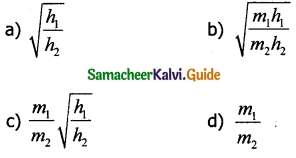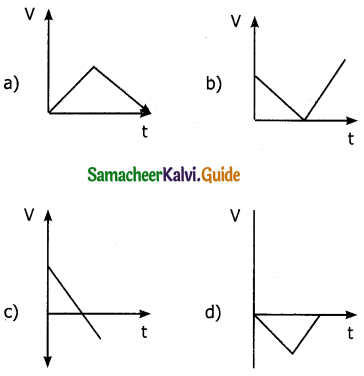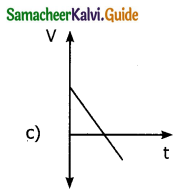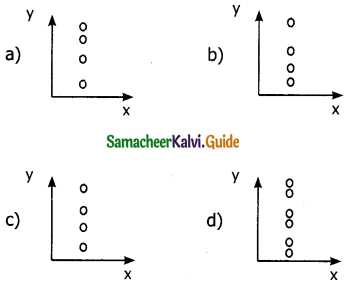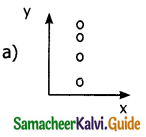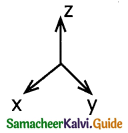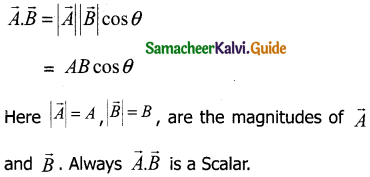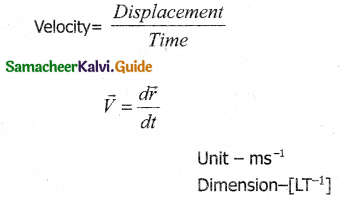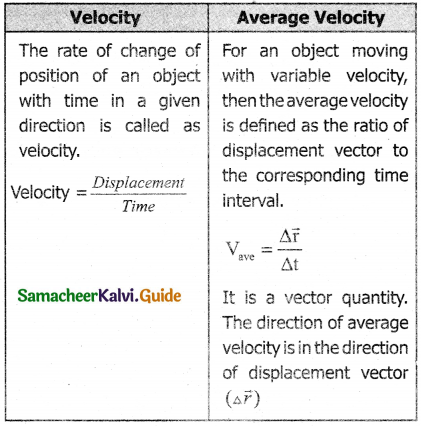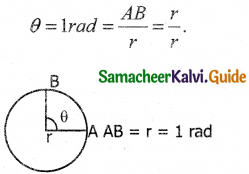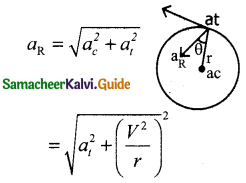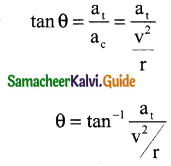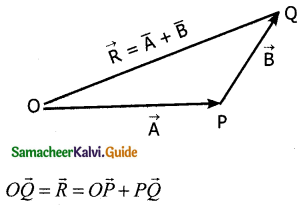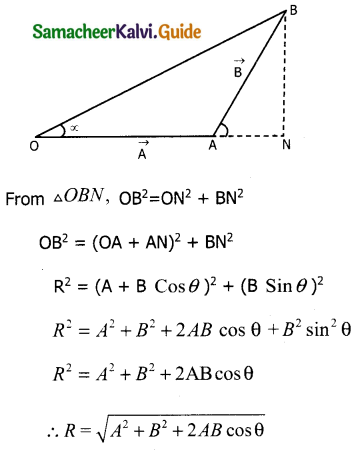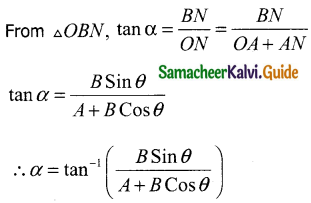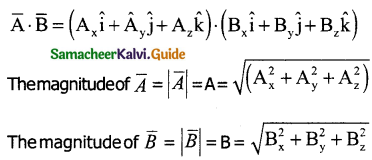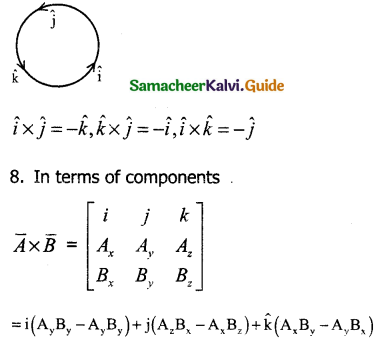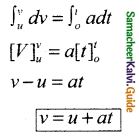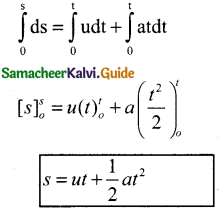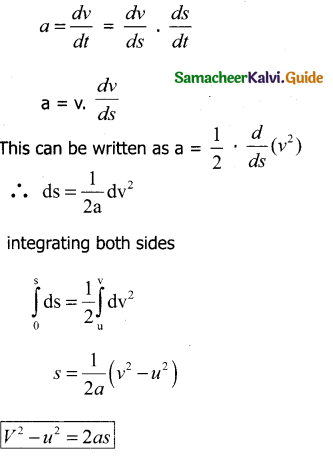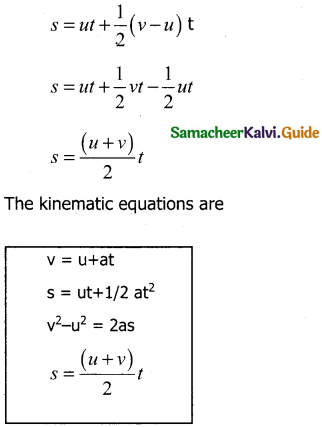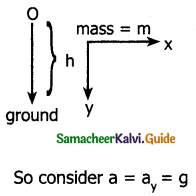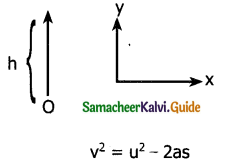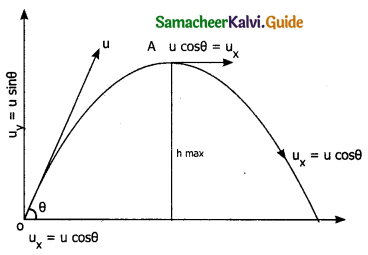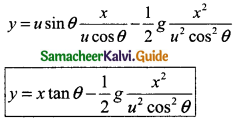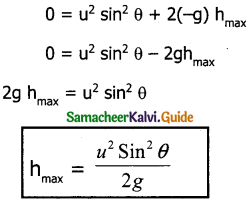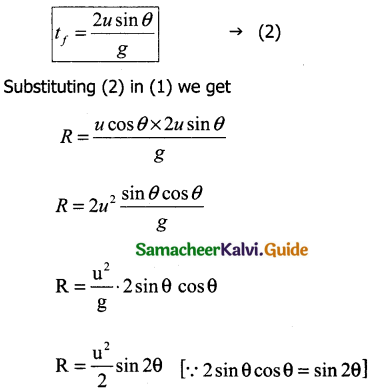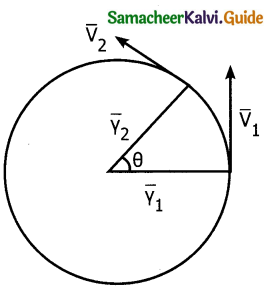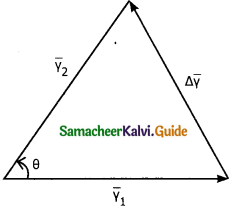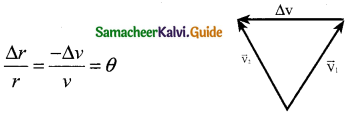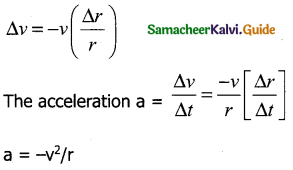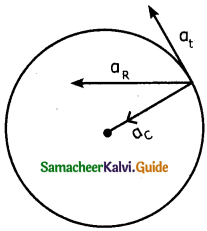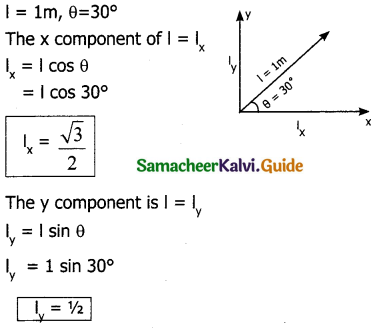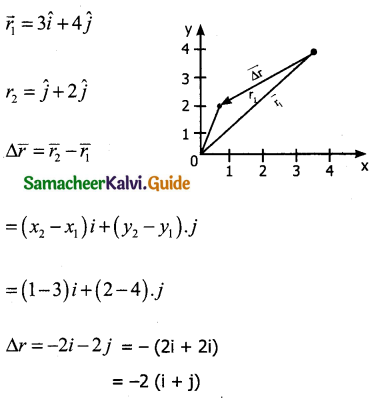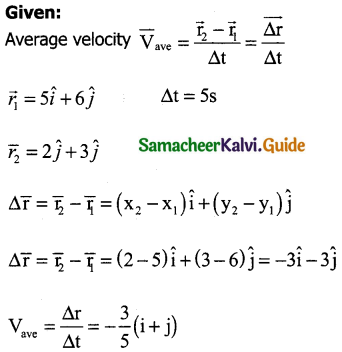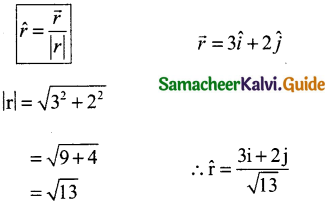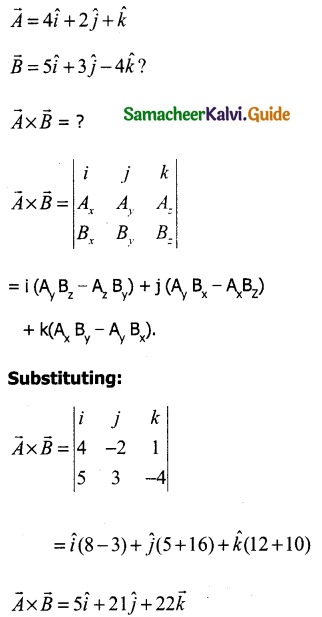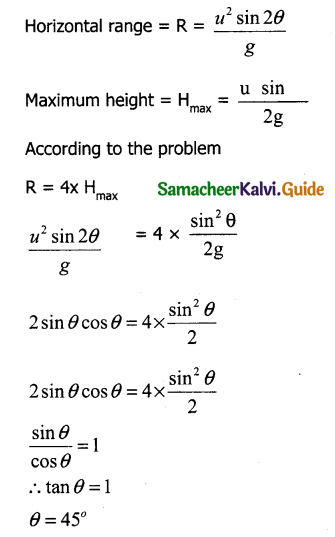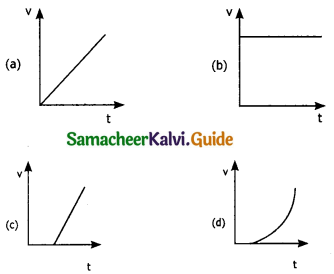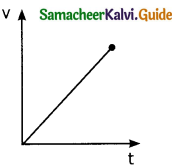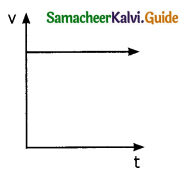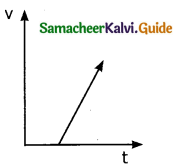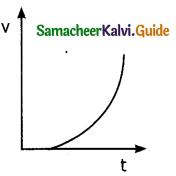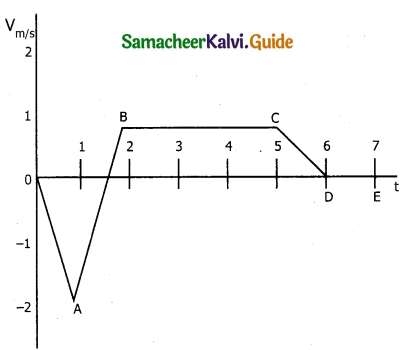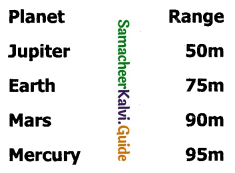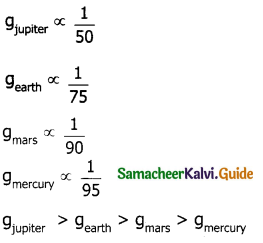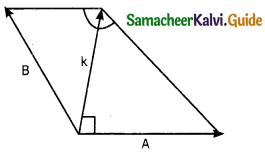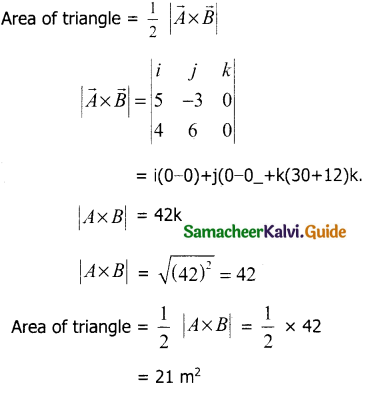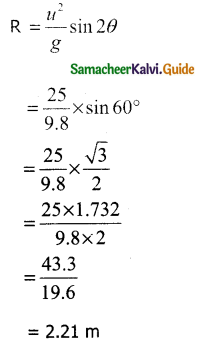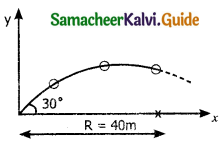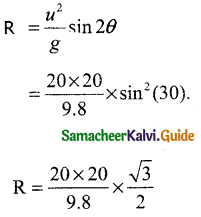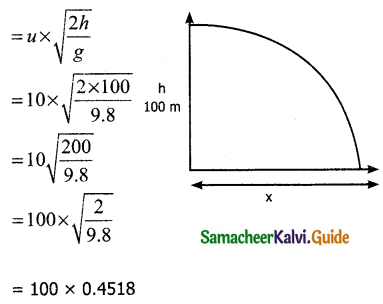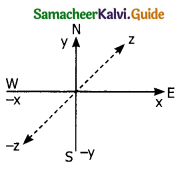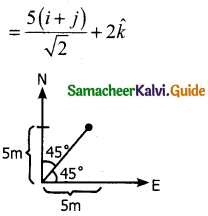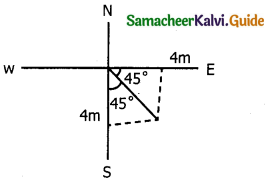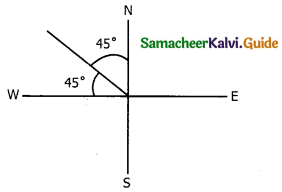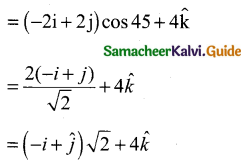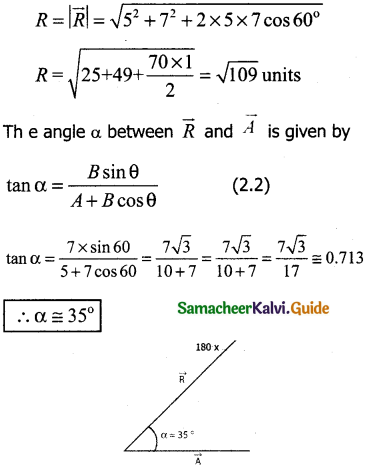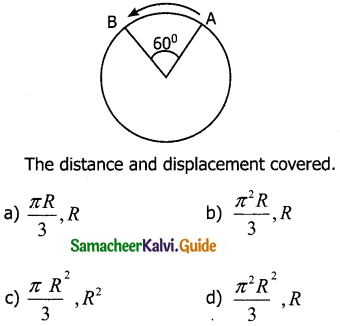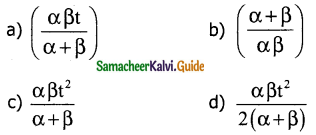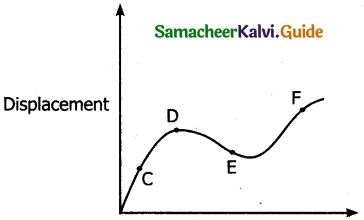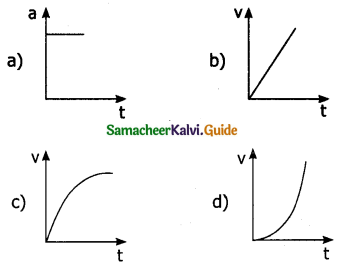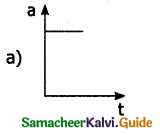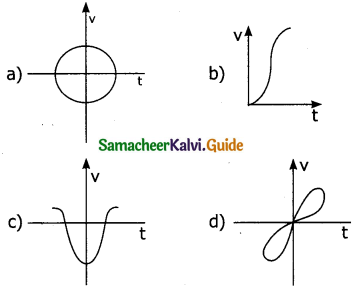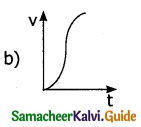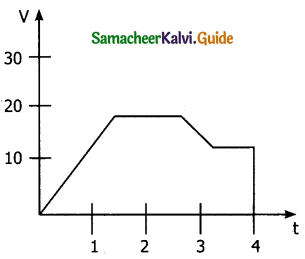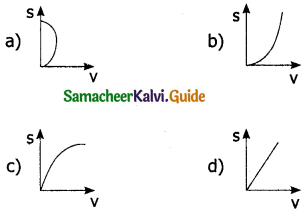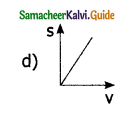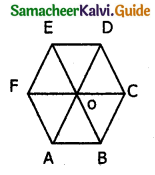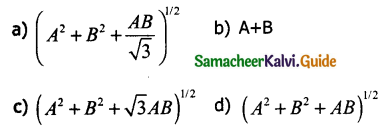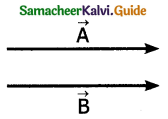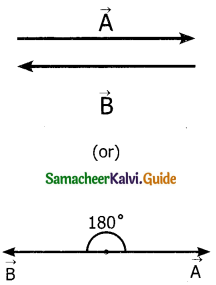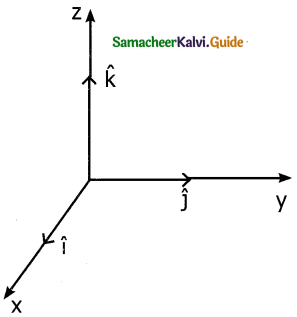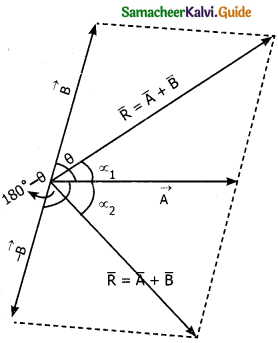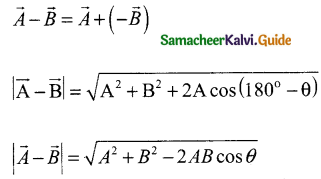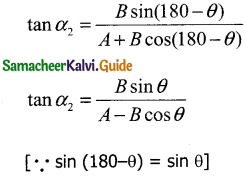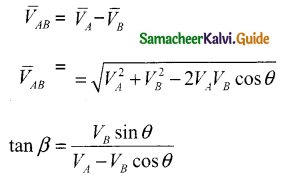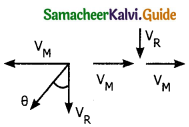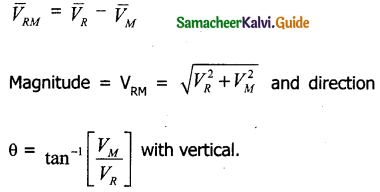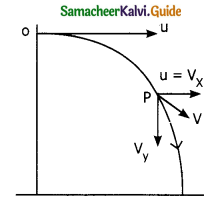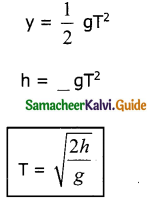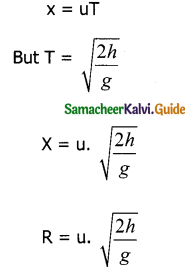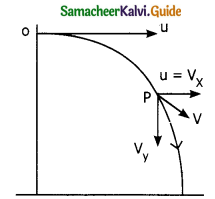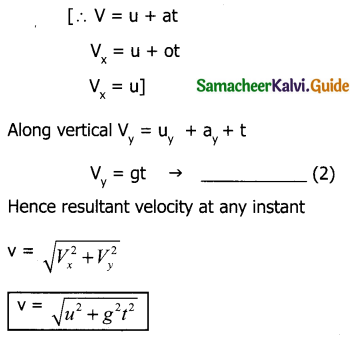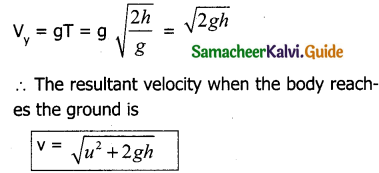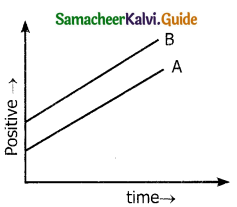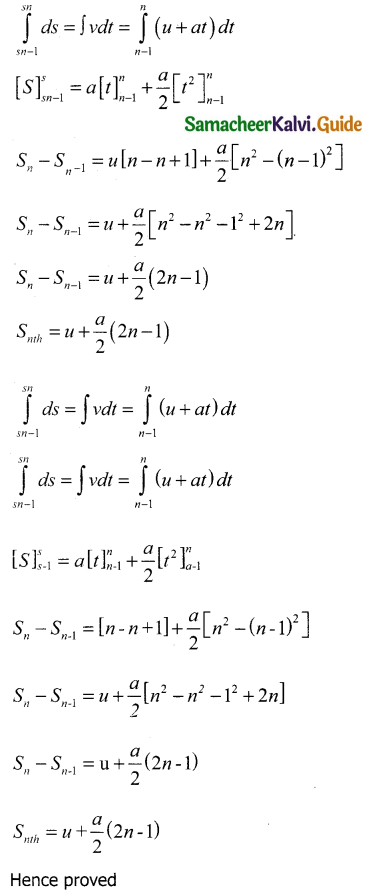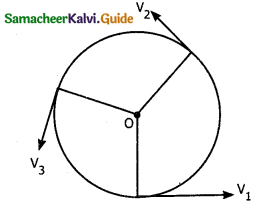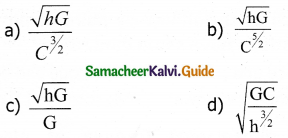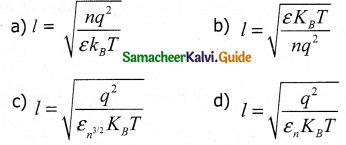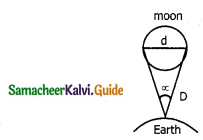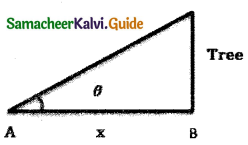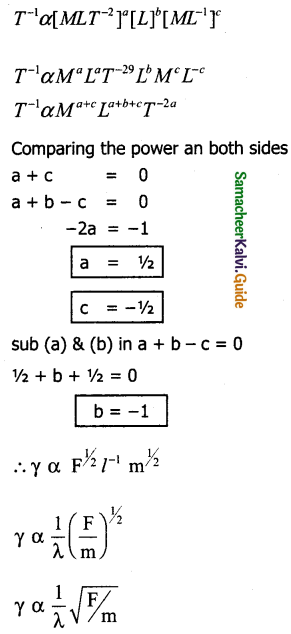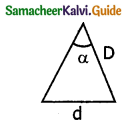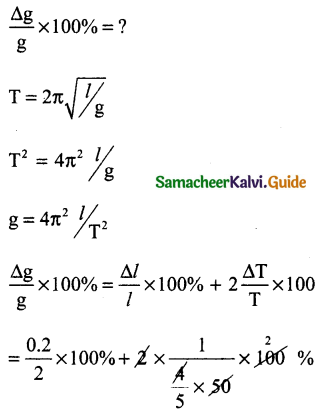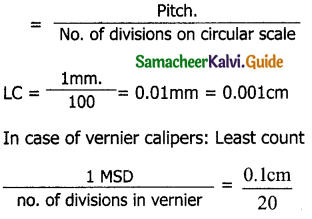Tamilnadu State Board New Syllabus Samacheer Kalvi 11th Commerce Guide Pdf Chapter 7 Cooperative Organisation Text Book Back Questions and Answers, Notes.
Tamilnadu Samacheer Kalvi 11th Commerce Solutions Chapter 7 Cooperative Organisation
11th Commerce Guide Cooperative Organisation Text Book Back Questions and Answers
EXERCISE
I. Choose the Correct Answer
Question 1. Membership in a co-operative organization is …………………
a) Not open to all
b) Selective
c) Open to all
d) None of them
Answer:
c) Open to all
Question 2.
Co-operative fails because of …………..
a) Unlimited membership
b) Cash trading
c) Mismanagement
d) Loss-making
Answer:
c) Mismanagement
![]()
Question 3.
All cooperatives are established with …………………….
a) Philanthropic motive
b) Service motive
c) Profit motive
d) Reform motive
Answer:
b) Service motive
Question 4.
Consumers Co-operation was first successful in ……………………..
a) England
b) the USA
c) Swiss
d) India
Answer:
a) England
![]()
Question 5.
Rochdale Society of equitable pioneers was started by ……………
a) Robert Owen
b) H.C.Calver
c) Talmaki
d) Lambert
Answer:
a) Robert Owen
II. Very Short Answer Questions
Question 1.
What do you mean by the co-operative organization?
Answer:
A cooperative is a private business organization that is owned and controlled by the people who use its products, supplies, or services.
Question 2.
Define Cooperatives.
Answer:
According to H.Calvert, “Co-operation is a form of organization in which persons voluntarily associate together as human beings on the basis of equality for the promotion of the economic interests of themselves.”
![]()
Question 3.
What are Credit cooperatives?
Answer:
Cooperative credit societies are societies formed for providing short – term financial help to their members. Agriculturists, artisans, industrial workers, salaried employees, etc., form these credit societies.
Question 4.
Is a low tax possible in a cooperative society?
Answer:
Yes, low tax is possible in cooperative societies. Since it is a non-profit enterprise, the law gives preferential treatment and the government provides various exemptions and tax concessions.
![]()
Question 5.
Who are Rochdale pioneers?
Answer:
At first, the cooperative movement was started by Robert Owen, in the year 1844. He formed a consumer’s cooperative society in England with 28 workers as members, called “Rochdale Society of Equitable Pioneers”.
III. Short Answer Questions
Question 1.
What are the disadvantages of Cooperatives? (Any 3)
Answer:
1. Limited funds:
Since the co-operative societies have limited membership and it is promoted by the weaker section, the membership fees collected is low. They cannot expand their activities beyond a particular level due to the limited financial resources.
2. Over-reliance on Government funds:
Co-operative societies are not able to raise their own resources. Their sources of financing are limited and they depend on government funds. The funding and the number of funds that would be released by the government are uncertain.
3. Conflicts among members:
Cooperative societies are based on the principles of co-operation and therefore harmony among members is important. But in practice, there might be internal politics, differences of opinions, quarrels, etc. among members which may lead to disputes. Such disputes affect the functioning of cooperative societies.
![]()
Question 2.
Write a note on Housing cooperatives.
Answer:
The cooperative housing societies are meant to provide residential accommodation to their members on an ownership basis or on rent. People who intend to build houses of their own join together and form housing societies. These societies advance loans to members, repayable over a period of 15 to 20 years.
Question 3.
What is meant by Producers Cooperative society?
Answer:
Producer cooperatives are established and operated by producers. Producers can decide to work together or as separate entities to help increase marketing possibilities and production efficiency. They are organized to process, market, and distribute their own products.
This helps lessen costs and strains in each area with a mutual benefit to each producer. Example, Cooperative weavers’ societies, Co-operative carpeting units.
Question 4.
Write a note on cooperative farming societies.
Answer:
When various farmers in a village pool their land together and agree to treat the pooled piece of land as one big farm for the purpose of cultivation, purchase the necessary inputs for the cultivation, and market the crops jointly, they are assumed to have formed a cooperative farming society. Such a society, for its proper working, elects its office bearers on the basis of one member – one – vote.
![]()
Question 5.
Write a note on industrial cooperatives.
Answer:
An industrial cooperative is an association of workers & craftsmen involved in cottage or village industries, who come together to undertake collective production, processing, and marketing of goods manufactured by the members and provide them with the necessary services and assistance.
IV. Long Answer Questions
Question 1.
What are the principles of cooperatives? (Any 5)
Answer:
1. Voluntary and Open Membership:
Cooperatives are voluntary organisations, open to all people able to use their services and willing to accept the responsibilities of membership, without gender, social, racial, political, or religious discrimination.
2. Democratic Member Control:
Cooperatives are democratic organisations controlled by their members those who buy the goods or use the services of the cooperative who actively participate in setting policies and making decisions.
3. Member’s Economic Participation:
Members contribute equally to and democratically control, the capital of the cooperative. This benefits member in proportion to the business they conduct with the cooperative rather than on the capital invested.
4. Autonomy and Independence:
Cooperatives are autonomous, self-help organisations controlled by their members. If the cooperative enters into agreements with other organisations or raises capital from external sources, it is done so based on terms that ensure democratic control by the members and maintains the cooperative’s autonomy.
5. Education, Training, and Information:
Cooperatives provide education and training for members, elected representatives, managers, and employees so they can contribute effectively to the development of their cooperative. Members also inform the general public about the nature and benefits of cooperatives.
![]()
Question 2.
What are the advantages of a cooperative society?
Answer:
1. Consumers Cooperative:
Consumer cooperatives are organized by consumers, that want to achieve better prices or quality in the goods or services they purchase. In contrast to traditional retail stores or service providers, a consumer cooperative exists to deliver goods or services rather than to maximize profit from selling those goods or services.
2. Producers Cooperative:
Producer cooperatives are created by producers and owned & operated by producers. Producers can decide to work together or as separate entities to help increase marketing possibilities and production efficiency.
3. Marketing Cooperative:
Cooperative marketing societies are associations of small producers formed for the purpose of marketing their produce. The marketing cooperatives perform certain marketing functions such as grading, warehousing, advertising, etc.
4. Credit Cooperative:
Cooperative credit societies are societies formed for providing short-term financial help to their members. Agriculturists, artisans, industrial workers, salaried employees, etc., form these credit societies.
5. Housing Cooperative:
These cooperative housing societies are meant to provide residential accommodation to their members on an ownership basis or on rent. People who intend to build houses of their own join together and form housing societies. These societies advance loans to members, repayable over a period of 15 to 20 years.
![]()
Question 4.
Write a note on Consumer cooperative society.
Answer:
Consumer cooperatives are organized by consumers that want to achieve better prices or quality in the goods or services they purchase. In contrast to traditional retail stores or service providers, a consumer cooperative exists to deliver goods or services rather than to maximize profit from selling those goods or services.
They also supply essential commodities through Public Distribution System (PDS). Nationally, the most widely used cooperative form is the credit union, with some 90 million members. Credit union assets have grown a hundredfold in three decades. Credit unions are essentially cooperatives of people that use banking services. Students’ cooperative stores, Cooperative provision stores and supermarkets set up in cooperative societies of India are examples of this type.
Question 5.
The misuse of funds is possible in a cooperative society? Give your reasons.
Answer:
Yes, misuse of funds is possible in co-operatives. If the members of the managing committee are corrupt, they can swindle the funds of the cooperative society. Many cooperative societies have been faced financial problems and closed down because of corruption and misuse of funds.
11th Commerce Guide Cooperative Organisation Additional Important Questions and Answers
I. Choose the Correct Answer
Question 1.
At first, the cooperative movement was started by Robert Owen, in the year………………
(a) 1935
(b) 1932
(c) 1844
(d) 1884
Answer:
(c) 1844
Question 2.
The first-ever Cooperative Society was started in the year ………………….
a) 1944
b) 1844
c) 1488
d) 1864
Answer:
b) 1844
![]()
Question 3.
The minimum number of members to start a cooperative is …………………
(a) 10
(b) 15
(c) 20
(d) 25
Answer:
(a) 10
II. Very Short Answer Questions
Question 1.
How do you call a cooperative a democratic control organization?
Answer:
Co-operatives are democratic organizations controlled by their members- those who buy the goods or use the services of the co-operative- who actively participate in setting policies and making decisions.
III. Short Answer Questions
Question 1.
Define Cooperation.
Answer:
In the words of H.Calvert, “Cooperation is a form of organization in which persons voluntarily associate together as human beings on the basis of equality for the promotion of the economic interests of themselves.”
![]()
